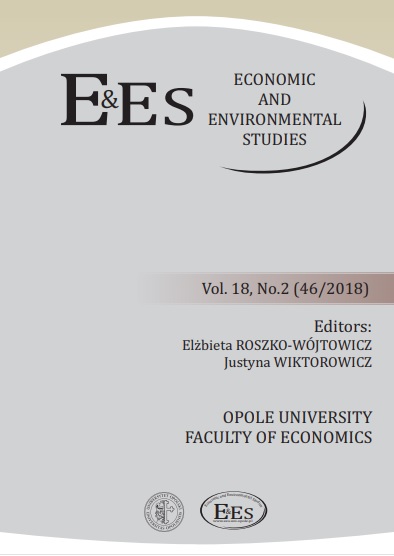Diagnosis and causes of consumption servicization in Polish households
Diagnosis and causes of consumption servicization in Polish households
Author(s): Anna Murawska, Jan Śniadecki, Jędrzej ŚniadeckiContributor(s): Justyna Wiktorowicz (Editor), Elżbieta Roszko-Wójtowicz (Editor)
Subject(s): Economy
Published by: Uniwersytet Opolski
Keywords: servicization; services; diagnosis; causes; advantages; household; consumer
Summary/Abstract: This paper attempts to analyse the level and structure of consumption servicization in Polish households in the years 2000-2015 as well as directions of changes in this regard in the years 2005-2015. In addition, causes, advantages, and disadvantages of the increase in service expenses were analysed. The paper elaborates on the concerns that were taken up with the aid of secondary and primary data. The level of expenditure on services related to the use of apartments, health, transportation, communications, recreation and culture, education, and the use of restaurants and hotels was analysed. Classification of expenses is based on the Classification of Individual Consumption According to Purpose – COICOP 2013. The percentage of service expenses incurred by Polish households relative to the general expense structure is 51%, which makes Poland rank among developed countries that have service societies. The highest expenses are paid for the use of apartments and transportation, while the greatest increase in expenses in recent years took place in the use of restaurants and hotels. Fundamental reasons behind consumption servicization can be seen as rooted in the absence of free time, on the one hand, and in the increasing standard of living of Polish citizens, on the other hand.
Journal: Economic and Environmental Studies
- Issue Year: 18/2018
- Issue No: 2 (46)
- Page Range: 763-774
- Page Count: 12
- Language: English

